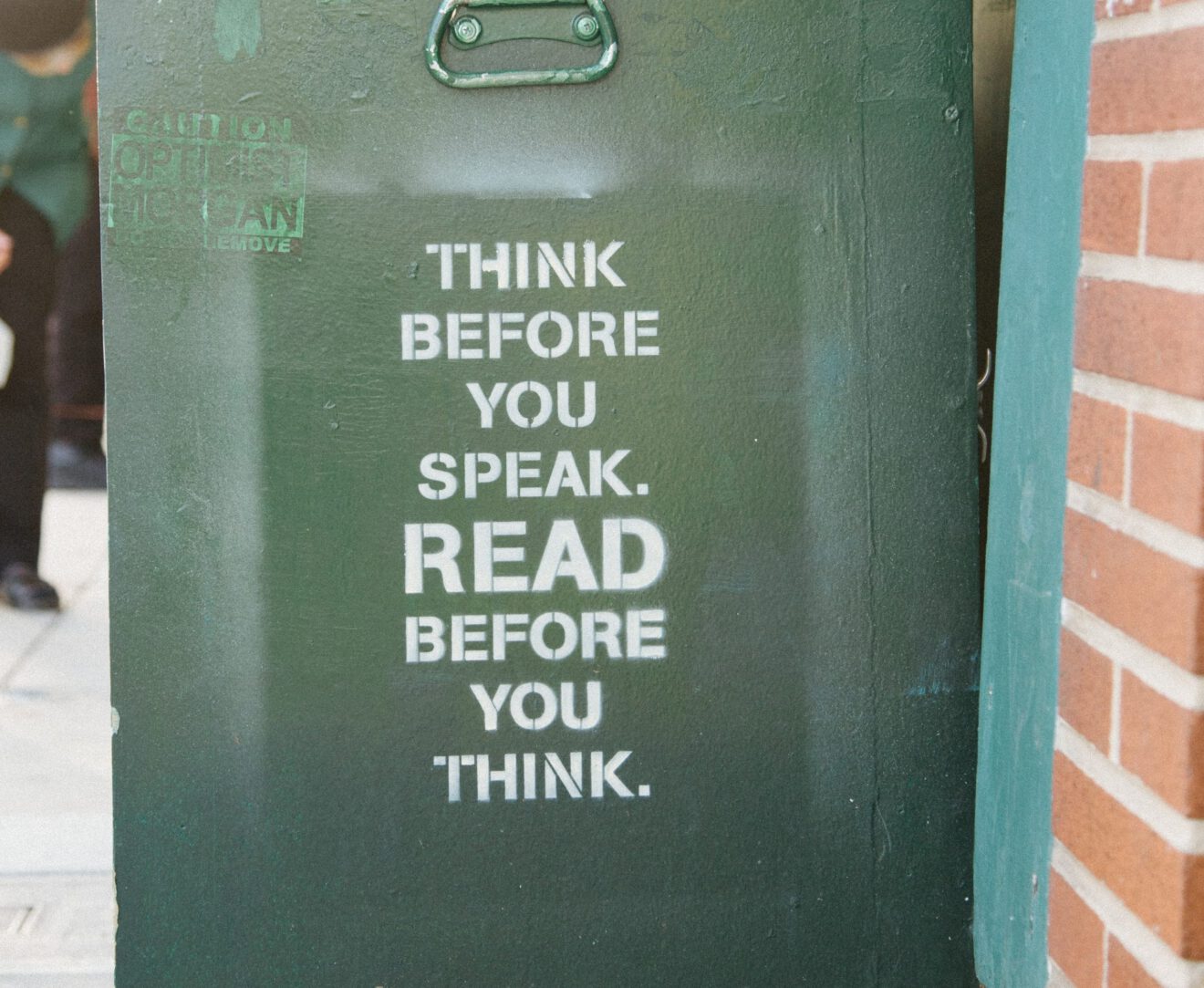Schools should be sanctuaries for learning, not politics. Yet, if we focus on what should be rather than what is, kids lose. So educators must focus on what they can control. That is how to help students navigate the chaotic world of political divisiveness and confusion.

Like many educators and school leaders, I was inundated by copy-and-paste internet templates from parents, and community leaders about what not to teach children. Sadly, almost all of their assumptions were driven by social media sensationalism and, worse, misinformation. They were motivated by fears exacerbated by bad information.
As a school leader, I felt compelled to politely redirect them with misinformation’s best defense: trust and facts. Educational consultant and author Todd Whitaker refers to the zone of indifference as a community granting trust because they believe in those who mean what they say and say what they mean. Building trust establishes a positive tone in community relations, which is crucial to confronting political division. I chose to model civility in my responses, use my earned trust to get their attention, and then present the most neutral facts possible.
Teachers can turn divisiveness into learning
This prescription is the best remedy in classrooms too, and we owe it to our children to help them learn to manage conflicts. By acknowledging political divisiveness rather than ignoring it, we can use it as a learning experience and help children steer themselves through political chaos and confusion.
We should not tell them what political position to favor; that remains off-limits in public schools. Rather, we should equip them with the tools to make their own, independent, objectively based decisions. It is important to explore all sides of an issue to elicit independent thought in students. In other words, teach them problem-solving methods, and they will gain from managing conflict in their personal and academic life. Social-emotional learning games from iThrive are one resource to help with this.
Explaining what an open mind means can help too. Psychological scientist Adam Grant points out that “[t]he hallmark of an open mind is not letting your ideas become your identity. If you define yourself by your opinions, questioning them is a threat to your integrity. If you see yourself as a curious person or a lifelong learner, changing your mind is a moment of growth.”
Guiding students through political divisiveness
Using Grant’s objective scientific methodology, teachers can guide students to practice skills that are useful when confronted with divisiveness. Students can learn to:
- Describe the balance of individual rights and responsibilities in organized social networks. For example, think of classroom rules of equity.
- Practice diplomacy and compromise with individuals who have opposing points of view. Think of debate teams or instructional strategies like claim, evidence and reasoning.
- Justify for one’s own and others’ interests through trial-and-error methods.
- Represent self-management while under duress with SEL strategies.
All of these strategies pragmatically present in an ideal setting: classrooms with routines, procedures and rules. Rules that emphasize equity and justice allow for shared understanding, even in the midst of disagreement. Some Harvard experts urge educators to construct activities in their classrooms that do not exacerbate polarization by making students feel a need to defend. Instead, encourage a focus on collectively thinking through a problem.
Real-life examples
Making allowances for others’ positions and feelings while accounting for your own is an effective way to disrupt division while creating fertile ground for learning around and through polarization. Consider Daryl Davis’ effort to effectively convert dozens of hardcore Ku Klux Klan members. He never fought, argued with or challenged any of his converts. Instead, he listened, reasoned and built understanding in surprising and remarkably humble, clever ways.
Other people throughout history, from Martin Luther King Jr. to Mahatma Gandhi have demonstrated a similar pattern for this lesson. King effectively impacted the civil rights movement in ways that began instrumental processes toward equity. Gandhi helped foster a revolution that brought a nation to independence. Neither led with violence.
Grant and some other modern-day figures offer a refreshing reminder about historical evidence: While challenges like political division exist, we can teach children important skills both in spite of and because of them. These include successfully working through differences, achieving goals and developing long-term problem-solving skills that bear evidence in history and practice.
This matters more than our differences, and children are the real winners with this broad and objective mindset.
Michael Gaskell, Ed.D., is a veteran principal working at Hammarskjold Upper Elementary School in East Brunswick, N.J. Gaskell’s new book, ”Radical Principals” reaches beyond the status quo to offer strategies and solutions for balancing common concerns surrounding curriculum, school safety, high-stakes testing, parental concerns and others.
Opinions expressed by SmartBrief contributors are their own.
_________________________
Subscribe to SmartBrief’s FREE email ASCD newsletter to see the latest hot topics in education. It’s among SmartBrief’s more than 250 industry-focused newsletters.
